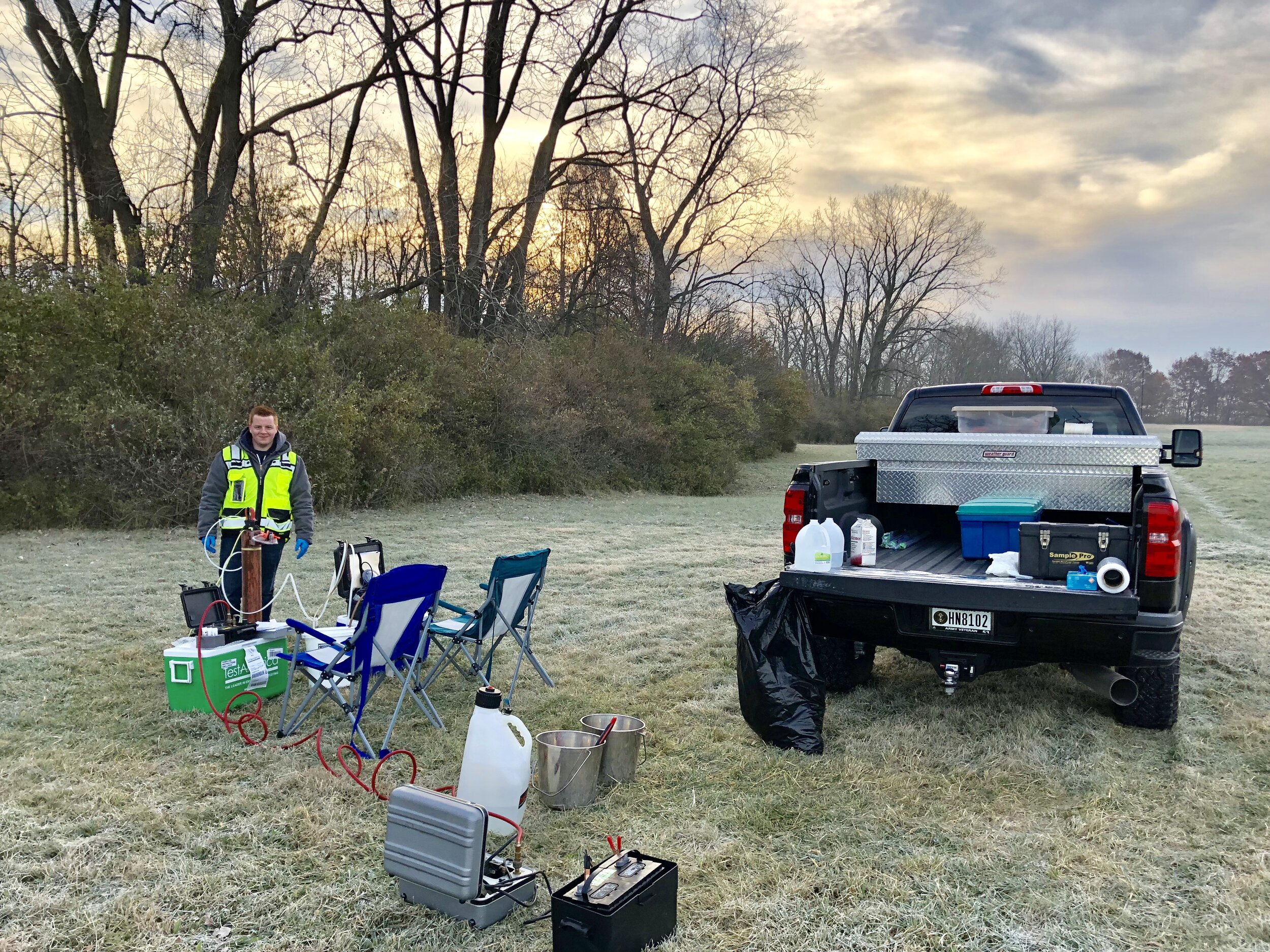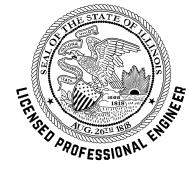How can we help you?
VET SAMPLING SERVICES:
VET Environmental offers sampling services for soil, groundwater, indoor air, sub-slab soil gas, passive soil gas, mold, asbestos, lead-based paint, and many other hazardous materials. Our team has experience working on large sites with high potential environmental impact as well as residential and small sites. With the training and resources needed for every job size, we are ready to provide professional and accurate sampling on any job site.
LOW FLOW GROUNDWATER SAMPLING:
VET Environmental is uniquely positioned to offer low flow sampling technologies for a variety of monitoring well networks of different sizes and complexity. We utilize low flow sampling groundwater purging and sampling procedures in order to accurately obtain representative groundwater samples in compliance with required stabilization parameters. VET typically utilizes Micropurge© low-flow sampling technology to purge groundwater and collect samples and possess a familiarity with electric submersible pumps and dedicated bailers. VET routinely provides low flow sampling expertise to a wide variety of clients ranging in size from small business owners to large electrical utility providers. We provide support for corrective action programs, site investigations, and other various regulatory needs.
METHAMPHETAMINE AND DRUG LABS
VET currently conducts inspections, decontamination oversight, and clearance of properties used to illegally manufacture controlled substances, such as methamphetamine, in Indiana. Not all contaminated properties are the same. VET’s experienced professionals perform in depth reviews of police reports, local health department documentation, and on-site investigation to help you determine the most sensible method for clearing a contaminated property.
If methamphetamine or other clandestine drugs were manufactured at your property, dangerous residual contamination may be present. If law enforcement seized the drug laboratory and provided the report to the local health department, then an official “Occurrence Report” was likely prepared and will be available for your review. This document can assist in determining the nature and extent of illicit substance manufacture at the property. The Indiana State Police maintain a list of clandestine drug lab addresses. The Indiana Department of Health maintains a list of cleared properties that have been cleared through sampling, decontamination, removal of contaminated materials, or demolition.
Based on VET’s initial site assessment and sampling of the structures in which illegal manufacture took place, VET will recommend the allowable actions for clearing the property. Some properties may be cleared if initial sampling results are below applicable regulatory standards. Others will require decontamination or removal of contaminated materials. Demolition of the structures is another feasible option for some property owners. VET’s team will guide you through the process that makes sense for you and ensures compliance with Indiana’s regulations. Click here for additional resources for property owners from the Indiana Department of Health.
If you live outside of Indiana and need help finding the agency responsible for regulating illegal drug labs in your state, call VET to help you find out where to start.
COAL COMBUSTION RESIDUALS:
The United States Environmental Protection Agency (USEPA) published the final iteration of the Disposal of Coal Combustion Residuals (CCR) for Electrical Utilities on April 17, 2015. The rule states that CCR landfills are to be regulated as solid waste landfills under RCRA subtitle D. The CCR rule also establishes rules for closure of CCR sites and sets rules for groundwater monitoring programs of CCR land fills and surface water impoundments.
Groundwater sampling at CCR sites can be difficult due to specified sampling procedures within the CCR rule. Groundwater sampling at CCR sites must measure total recoverable metals with a sample turbidity of less than five (5) nephelometric turbidity units (NTUs) and without using field filtration. It has been argued that without field filtering (0.45 micron filter) the sample would be biased higher (for metals) in wells that have high turbidity. The USEPA counter-argues that proper well construction should limit turbidity thereby reducing the transfer of solids into the wells. The USEPA also states that groundwater sampling at CCR sites must utilize low flow sampling methodology that includes measurement of key indicator parameters including turbidity.
There are several available online resources with information pertaining to the groundwater sampling requirements at CCR sites:
VET’S LABORATORIES:
sOIL & Groundwater
Eurofins TestAmerica offers quality lab testing that are compliant with EPA, SW-846, Standard Methods and ASTM methodologies, and all available state programs.
Indoor Air, Sub-Slab Soil Gas
EnvisionAir specializes in TO15 analysis for volatile organic compounds in sub-slab, indoor air, and soil gas environments.
Passive Soil Gas
Beacon Environmental identifies trace levels of compounds present in vaporized passive soil gas samples using EPA Method protocols (EPA Method 8260C or EPA Method TO-17).











